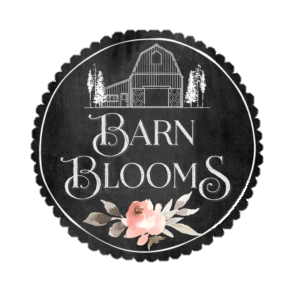The Cost of Growing Spring Flowers
Spring is the season of rebirth, renewal, and the return of colorful flowers. For many flower enthusiasts, this is the perfect time to start a garden or purchase flowers for their home or events. Flowers such as tulips, ranunculus, and anemones are especially popular during this season, but they are also some of the most costly flowers to grow. In this blog post, we will explore the cost of labor, sales tax, and the number of labor hours that go into planting, growing, harvesting, and getting these flowers ready for sale.
One of the significant costs associated with growing flowers for resale is labor. In New York State, the minimum wage is $15 per hour. This means that the cost of labor for planting, growing, and harvesting flowers can add up quickly. People often say “Well your the owner, so you don’t have to pay hourly rates.” This is not true. As a soloentrepreneur, if I was ever injured or out of work, I would have to pay someone to step into my role, therefore the hourly rate needs to be always accounted for when figuring out the costs of doing business. And if you know anything about employee costs, it is never just the hourly rate. You also have to pay worker’s compensation insurance and many other hidden fees. All these costs need to be accounted for in your expenses to accurately run your business.
Another cost to consider when growing flowers for resale in New York is sales tax. In New York State the sales tax is 4%, and the sales tax rate is 4% for Wayne County, which means that flower growers must charge an additional 8% for their flowers' sale. We always include sales tax in our prices so it is easy to check out at all of our self-serve locations.
Growing flowers for resale requires a lot of behind the scenes work, from planting the bulbs or seeds to harvesting the flowers and getting them ready for sale. The bulbs for our spring crops are ordered in the spring of the year before we want the flowers. For example, I am now ordering bulbs for our 2024 season. We then receive the bulbs in the fall (shipping costs are tagged onto these large shipments)! We need equipment, fuel, and more labor hours to prep the areas that these flowers grow in. With specialty blooms we often have to buy covered structures such as hoop houses and greenhouses to get them to bloom properly. Once the flowers are planted, they require regular care, including watering, fertilizing. Harvesting flowers can take a few hours, depending on the number of flowers to be harvested, and getting them ready for sale can take a few more hours, including arranging them in bouquets or packaging them to be sold. Also included in our costs are the buckets, sleeves, rubber bands, and tags used in the packaging of our flowers.
Small businesses also need to account for overhead costs when calculating their prices, and this includes expenses such as land rent, utilities, equipment, insurance, and marketing. Overhead costs can vary depending on the size of the business and its location, but they are essential to consider when setting prices for products, including flowers. The price tag you see on a bouquet of flowers is not just the cost of the flowers themselves, but it also includes the cost of labor, sales tax, packaging materials, and overhead costs. Small businesses must factor in all of these costs to ensure that they are making a profit and can continue to operate.
Growing and selling flowers for resale involves many costs that small businesses must account for when setting prices. The cost of labor, sales tax, packaging materials, overhead costs, and other expenses must be factored in to ensure that the business is profitable. Ultimately, if we are not making a profit, it is just a hobby. Hobbies are great, but they do not pay the bills! It's essential to understand that the price you see on a bouquet of flowers is not just the cost of the product, but it also includes all of the different parts that make up the price. When you buy flowers from a small business, you are not only supporting a local business but also helping them continue to bring joy to others through their beautiful blooms.



